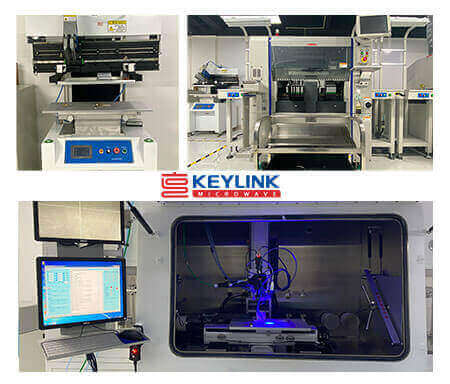The factors that affect the accuracy and speed of a body scanner
Today, we will discuss the factors that affect the accuracy (resolution) and speed of a body scanner from the perspective of rf segmentation, which mainly depend on the following key factors:
The frequency range determines the scanner's penetration characteristics and available bandwidth. In general, the higher the frequency, the greater the penetration (in some cases) and the greater the available bandwidth. The higher the bandwidth, the better the resolution, because each frequency channel can transmit more target-related data. Because of the shorter wavelength, higher frequency systems require smaller antennas. Therefore, the multi-channel system will use multiple small high-frequency antennas. However, due to the complexity of semiconductor design, packaging issues, and the lack of expertise in high-frequency design by integrators, it is very expensive or complex to build a body scanner design based on extremely high frequency(>60 GHz) for large-scale commercial applications. As a result, most current systems are typically designed to use frequencies between 10 and 40 GHz.
The number of channels determines that information about the target can be obtained from many different sources. Higher channel Numbers usually provide higher target resolution and better antenna spatial diversity. Increasing the number of channels requires copying the hardware content of each channel, which significantly increases the size and cost of the rf portion. Higher channel count also means multiple high-speed adcs are required for the system, which further increases the cost of the mixed signal domain.
The dynamic range of the signal chain determines the sensitivity of the body scanning system. The higher the dynamic range, the stronger the system's ability to detect small and hidden targets. In order to improve the dynamic range of the system, integrators usually choose devices with excellent linearity and low noise coefficient.
Over the past year, KeyLink Microwave has made some achievements in the microwave and RF power amplifiers industry.
The KN2650M52A is suitable for multi octave broadband high power RF linear applications. This compact module utilizes advanced high power LDMOS devices that provide excellent po...
I'm glad to inform you that KeyLink Microwave officially starts work from today. Thank...
The frequency range determines the scanner's penetration characteristics and available bandwidth. In general, the higher the frequency, the greater the penetration (in some case...






